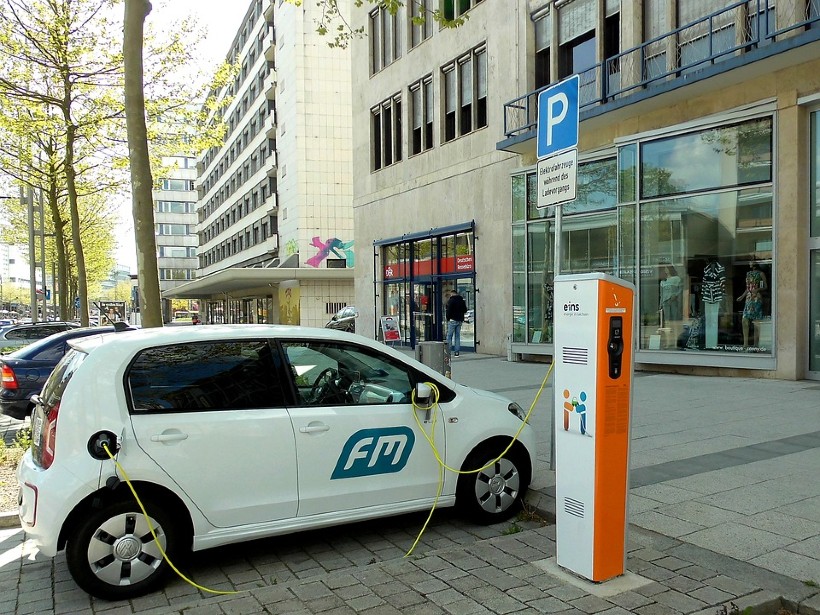Transport industry is moving towards electric mobility in response to ongoing climate crisis and reducing carbon footprint. United Kingdom has planned to ban new petrol and diesel cars from 2030, as part of its green industrial revolution.
Electric vehicles are gaining popularity among users and it is evidenced by increasing sales every year. Some people are still hesitant in regards to electric vehicles and charging infrastructure is an important reason for that. Although numbers of public charging stations are increasing in the UK, it does not seem to be adequate in the perception of public.
Firstly, the process of charging an electric car is different from refuelling from a typical gas station. Users have to use a mobile application to use a charging point and pay [only few places accept card payments]. There are many charging network providers in the UK and each one has a dedicated app. This restricts people who do not use smartphones / have aversion to apps. Zap-map provides information regarding charging stations in the UK and their availability. There are different levels of charging; slow, fast and rapid. In addition to different charging levels, there are a variety of charging plugs according to power ratings. There is no universal plug but most new cars have a standard plug (Type 2) and provide an additional option for Combined Combination System plug (CCS).
Charging at home using a wall charging unit seems to be more convenient. Cars can be charged overnight in the garage or off street parking. However, this convenience is not available for people living in flats or using on-street parking. Charging at work or public places are the other alternative options. Since electric vehicle (EV) charging infrastructure is not complete in the UK and rural areas do not have adequate charging points, there is also ‘range anxiety’ related to using it, especially among senior users.
New ways of charging are emerging with their own benefits and limitations. One of them is adding charging points to existing lamp posts in the UK which increases number of charging points with minimum investment. But, this may lead to ‘trip hazard’ in pavements and is difficult for elderly and people with disabilities to carry the charging cable as the charging points are untethered. Also, some old towns may not be able to cope with the additional load on its electric infrastructure.
Connected Kerb provides another way of charging. It is compact with low visual impact and utilizes existing street furniture such as bollards or parking posts. Even though this increases the number of charging points, longer charging time, trip hazard and heavy cables to be carried remain as challenges.
Wireless charging by induction pads eliminates the use of charging cable and trip hazard. One pad would be placed on the ground and connected to electricity while the receiving pad would be underneath the car. Though this is attractive, it is quite expensive as the technology is at its infancy. In spite of these solutions, picking up the car from charging down the street in the evening, such as in winter, does not seem to be safe for women or vulnerable people.
New, user-centred designs of EV charging points need to address above challenges and adapt to existing infrastructure. TInnGO design team works collaboratively with designers and young talents on new design concepts that are open to public discussion and welcomes inputs from different audience. By encouraging co-design activities, building around users’ experience (user-centred design), particularly of excluded or marginalised groups, we hope to facilitate inclusive co-creative platform to communicate design ideas.





